Coins of South Africa- catalog and price guide
Transvaal (1856-1899)
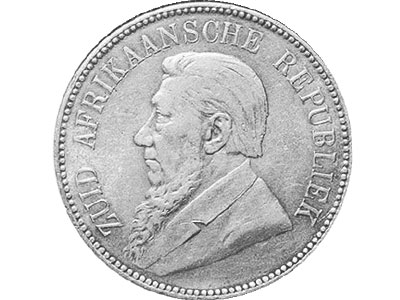 Transvaal coins
Transvaal coins
British South Africa (1910-1961)
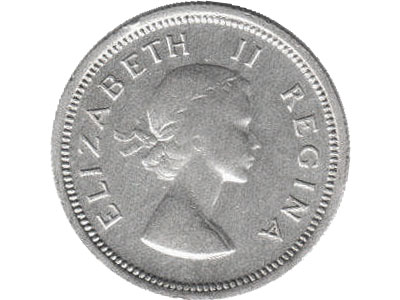 British South Africa
British South Africa
South African Republic (since 1961)
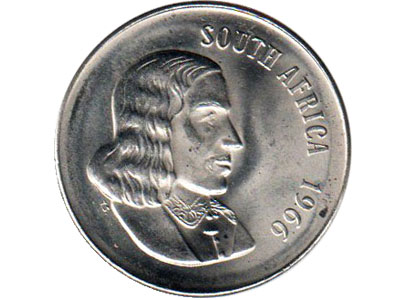 1961-1989
1961-1989
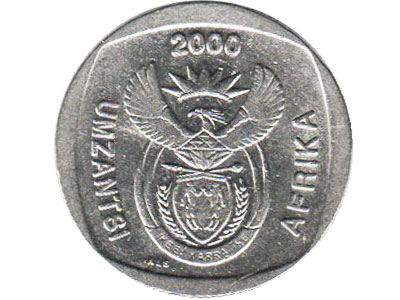 since 1990
since 1990
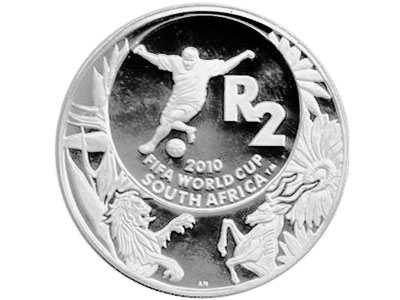 Commemorative coins
Commemorative coins
South African coins catalog PDF
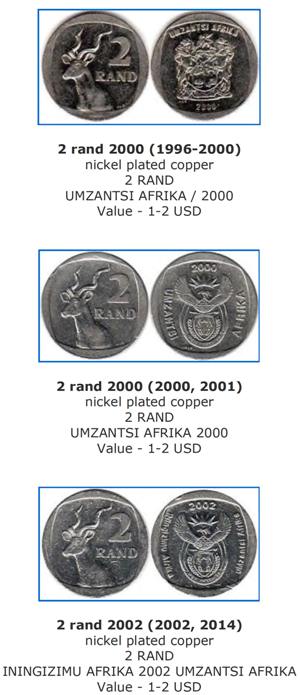 Download South
African coins catalog with prices in PDF
Download South
African coins catalog with prices in PDF

